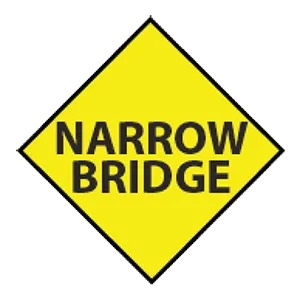FREE Minnesota DMV Practice Test #4 Page 3 of 5
The Minnesota DMV practise examinations have been updated for January 2025. It includes questions based on the Minnesota Driver Handbook's most essential traffic signals and laws for 2025. Use actual questions that are very similar (often identical!) to the DMV driving permit test and driver's licence exam to study for the DMV driving permit test and driver's licence exam.
On the practise exam, each question gets a tip and explanation to help you remember the concepts. The written component of the official Minnesota DMV test will include questions about traffic rules, traffic signs, and driving statutes, as well as knowledge from the Driver Handbook.
To obtain a passing grade, you must correctly answer 32 of the 40 questions. To help you prepare for your instruction permit or driver's licence, take our Minnesota DMV practise test.
The DMV exam is available in several languages.
Using any kind of testing assistance will result in an automatic fail, and the DMV may take additional action against your driver's licence, so stay away from it.
17 . This road sign means:

This is a "Keep right" sign. It indicates that a traffic island, median, or barrier is ahead and that drivers must keep to the right of it.
18 . To avoid being in a truck or bus driver’s blind spot, you should:
Because a large vehicle, such as a truck or bus, has large blind spots to its sides and rear, avoid driving alongside such a vehicle and do not tailgate one.
19 . You are driving in the left lane and want to move into the right lane. You should:
When changing lanes, you should check your vehicle's blind spots by looking over your shoulder in the direction that you want to move. Always check your mirrors and turn on your directional signal before beginning a lane change.
20 . When driving to an unfamiliar area, you:
When driving to an unfamiliar area, plan your trip in advance. Don’t start with only a hazy idea of where you are going. If your destination is in an unfamiliar area, check the location on a map before you start to drive.
21 . This sign means:

Warning signs are used to warn drivers about upcoming hazardous conditions and are usually yellow with black markings. This sign warns drivers that an upcoming bridge may be too narrow to meet or pass a truck and that they should be careful.
22 . Drivers may pass on a two-lane roadway marked with a single solid yellow line on their side of the centerline.
When there is a solid and a broken yellow line separating two lanes of traffic moving in opposite directions, a driver may pass only when the broken yellow line is nearest to the driver’s lane.
23 . This road sign means:




